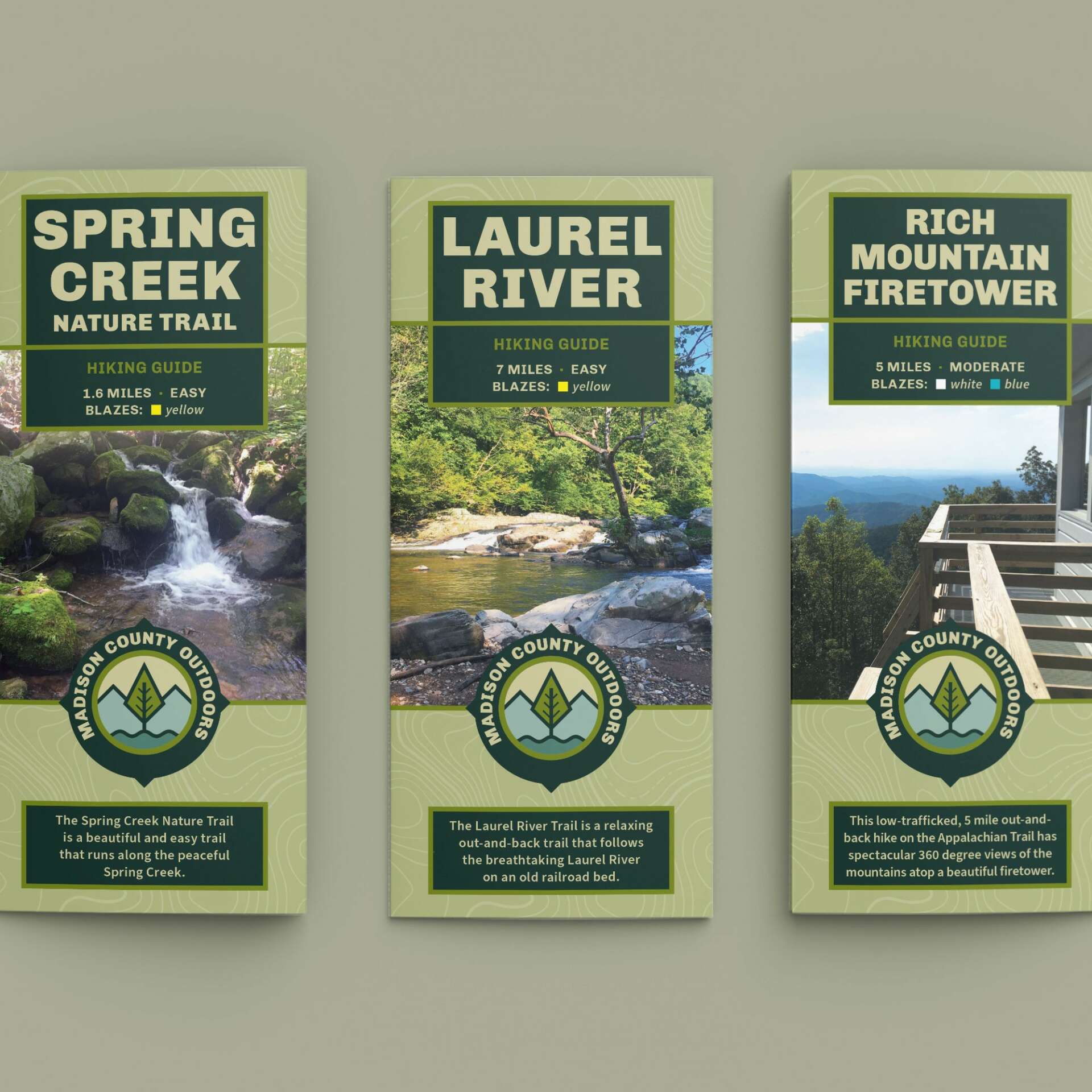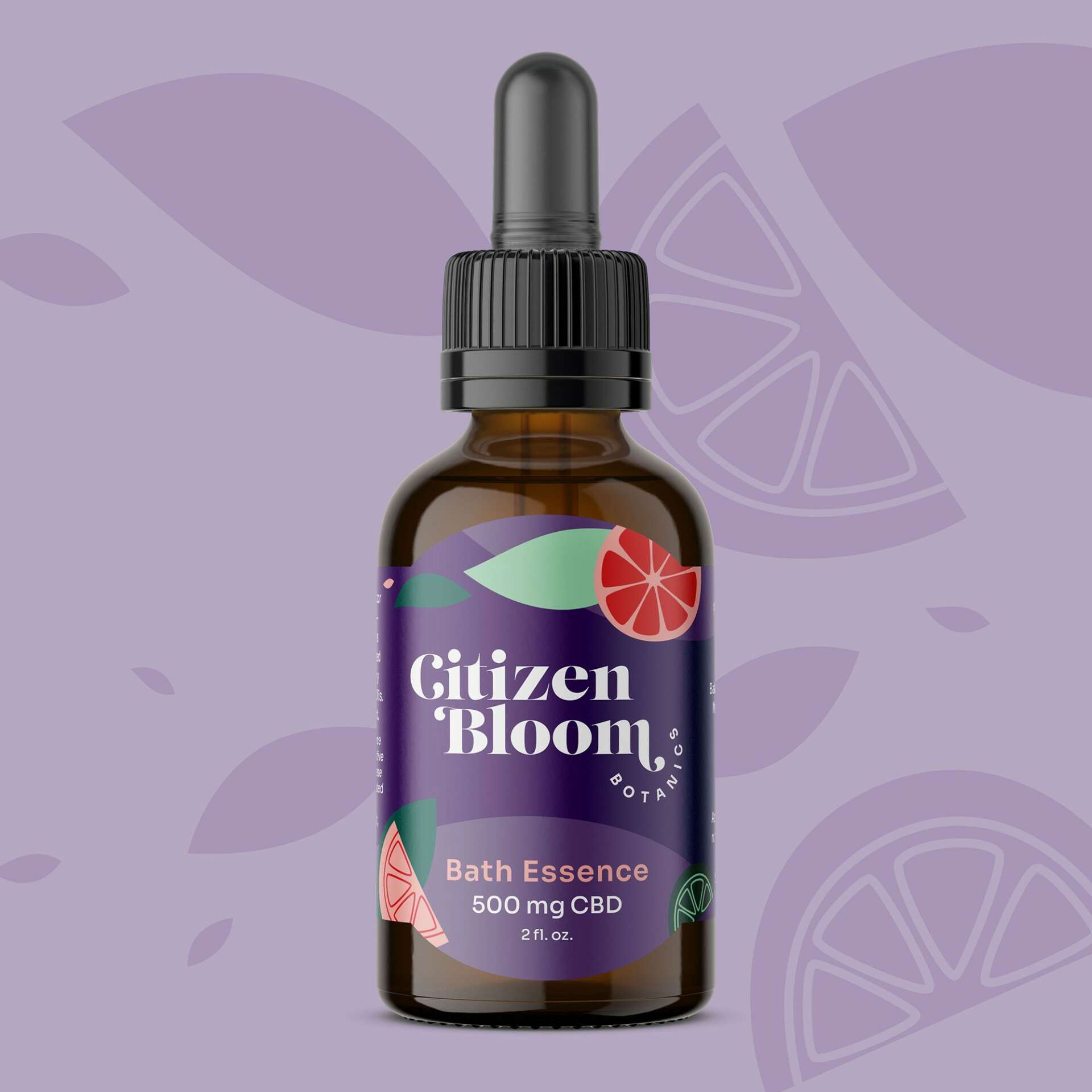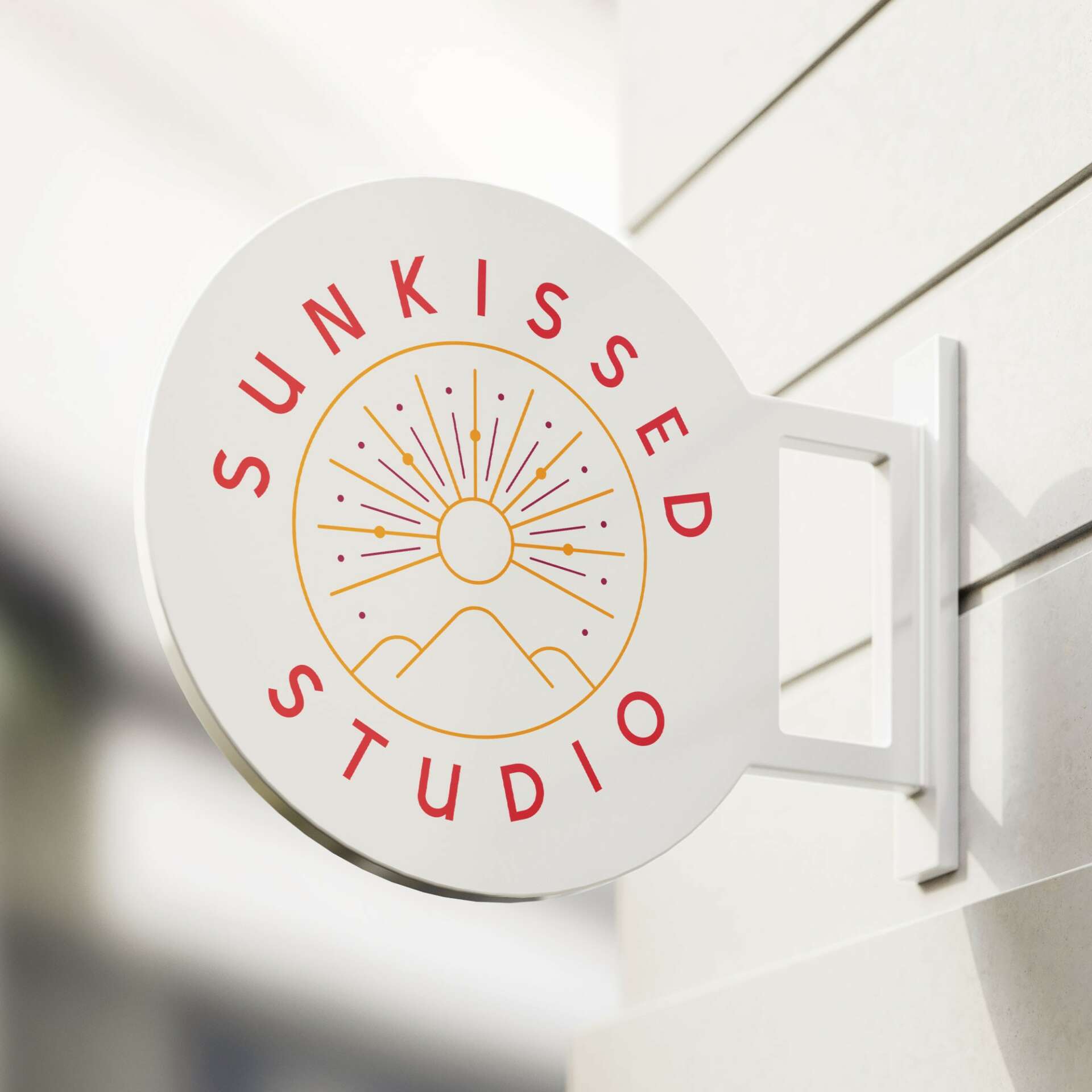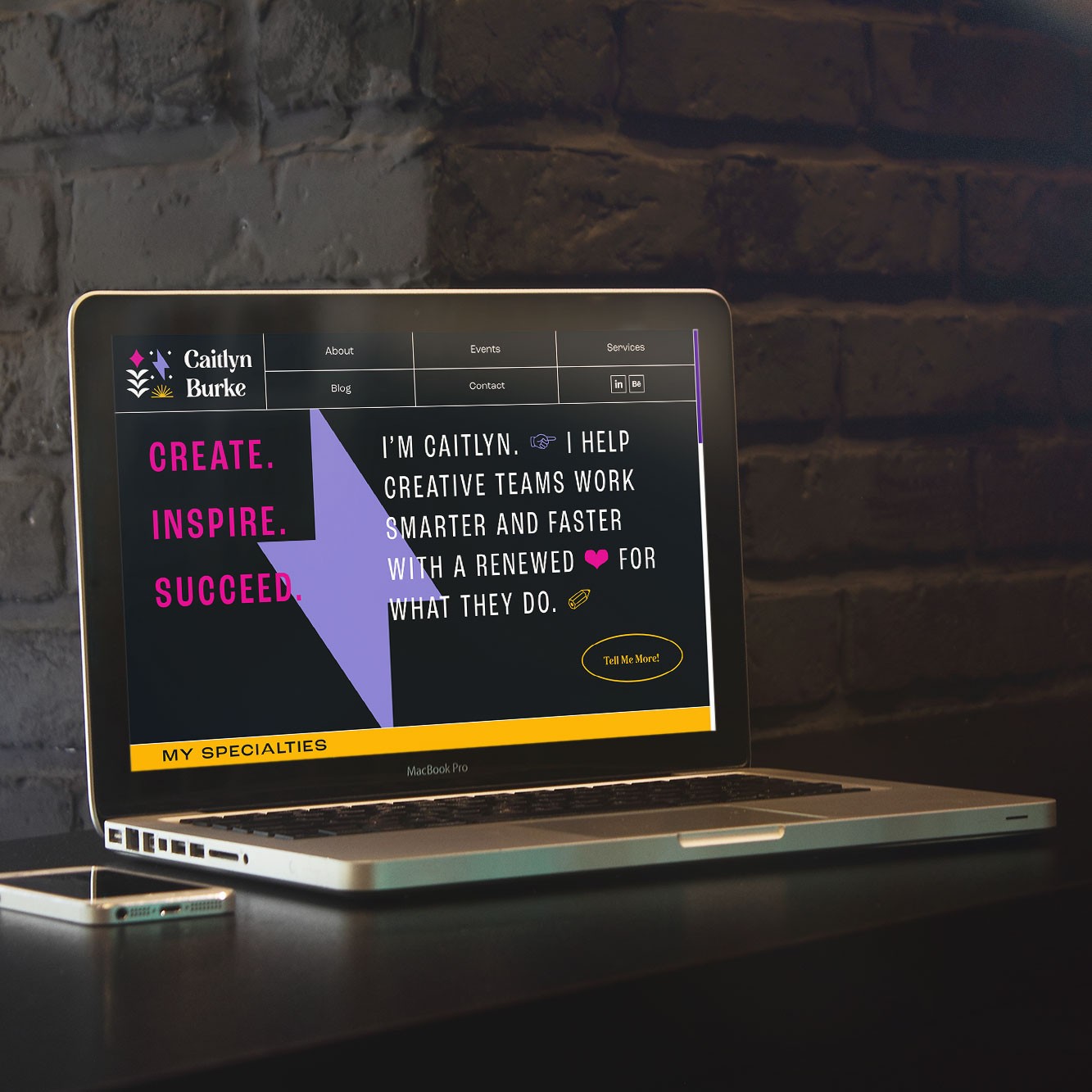Alright – so today we’ve got the honor of introducing you to Alyssa Phillips. We think you’ll enjoy our conversation, we’ve shared it below.
Hi Alyssa, thanks for joining us today. So, let’s imagine that you were advising someone who wanted to start something similar to you and they asked you what you would do differently in the startup-process knowing what you know now. How would you respond?
I started working for myself when my boyfriend and I spontaneously quit our corporate jobs and moved from New York City to Asheville, North Carolina, in 2017. Up until that point, I’d heard lots of designers talk about “freelancing,” but in my mind “owning a business” meant you had a physical space, employees, high-level clients. It seemed like a totally different, unattainable thing.
So, when we moved, I described what I was doing as “freelancing.” I was just another designer in a sea of freelance designers, and I didn’t really grasp the level of autonomy that I could actually have over my work and life.
If I could go back, I would have embraced the title of “business owner” much earlier, because that’s what freelancing really is. It doesn’t matter if you’re one person or a team of 100, doesn’t matter if your salary is $30k or $300k. When you work for yourself, facilitating services one-on-one with clients, you are running a business.
It took me a while to realize this, but when I did it truly shifted my mindset in all areas of my work, from honing in on my individuality as a designer, to owning the ability to say no, to attracting right-fit clients, and more.


Alyssa, before we move on to more of these sorts of questions, can you take some time to bring our readers up to speed on you and what you do?
Of course!
As a kid I was always doing art, but I got into design in high school. As a teenager I loved listening to music, and was really inspired by musicians’ amazing abilities to tell stories through their songs, and to get on a stage and share them with people. I was extremely introverted growing up, and although I played music myself, I was not at all a performer. But I wanted to get involved, and since I was “artsy” I started making gig posters and album art for local bands. I really loved that our work was similar in that they were telling stories through sound, and I was telling their stories through visuals.
My goal when I started collage was to work as a designer for the music industry, and I went to Pratt Institute, an art and design school in Brooklyn, NY. I got an internship at Atlantic Records, which was absolutely amazing and I wouldn’t trade for anything, but through that experience I actually realized that I wouldn’t feel fulfilled working in music. In school I’d really focused in on brand design, and I loved the challenge behind branding, and taking a company’s story and translating it all into design. There was a similar sense of admiration of business owners as I had had for musicians, because they had an incredible drive to build something from the ground up and make their dreams a reality.
Once I realized this I shifted gears to branding for the rest of my time at Pratt. I worked for a handful of branding studios in NYC before we moved to Asheville.
Through my business (Amp’d Designs) now, I offer mainly Branding and Web Design services, as well as packaging and general graphic design. My work is very story-driven and conceptual. I love learning about businesses’ journeys and how they want to make their customers feel, and communicating that through strategic and intentional design that stands out boldly.
As far as what I’m proud of, I would say my design process. Over the years of working with clients, I’ve tweaked it many times to continue improving and creating a smoother client experience. Customer service and clear communication is important to me, and I’m really happy with where it’s landed and the positive feedback it receives from my clients. I’m also honestly really proud of my clients! I feel so grateful to work with so many kind, inspiring business owners, and I’m constantly in awe of their drive and the awesome work they do to improve the lives of people around us.


Learning and unlearning are both critical parts of growth – can you share a story of a time when you had to unlearn a lesson?
The design school I went to was extremely rigorous. I also worked in NYC for several years after graduating. Through both college and work, I definitely felt like there was a perceived vision of what “success” looked like, and if I didn’t follow it I would be a failure.
The general path that seemed expected of students from my program was to get a job at an advertising agency, working on big projects for big-name companies that would be seen all over the world, and gradually climb the ladder from junior designer to art director. There were always spotlights on alumni who worked for huge, flashy companies, and it definitely made me think, “I need to do that.”
When I started working though, I quickly realized that I did not like the agency life. While there are a lot of pros and exciting things that can come out of it, it just wasn’t for me. I didn’t enjoy the culture or the projects. The hustle in NYC was also very real, even working at small design studios. There was a huge lack of work-life balance, and that just seemed like the accepted norm.
All this to say, when we decided to move to Asheville, for a while there was a part of me that felt like I was failing, because I was not becoming an art director at an agency. As Frank Sinatra said, “if you can make it in NYC, you can make it anywhere.” I felt like because I was leaving, I wasn’t making it. It took me a little while to accept that success is very personal. Leaving NYC didn’t mean I was failing; I wasn’t leaving because I had to, I was leaving because I wanted to. And I did make it; I had multiple jobs and I did move up in my career, I just wasn’t loving it anymore.
For some designers, success truly might be working on huge campaigns, and that’s great. But success can also very much be working with small businesses to give them their very first brand identity designs that help get their businesses off the ground, and that’s what gives me fuel.


Any stories or insights that might help us understand how you’ve built such a strong reputation?
Building my reputation was a very gradual process (and that’s normal!). Here are a few things that helped me:
Networking – I know this is a daunting word for any fellow introverts out there, but I promise that it truly does get easier the more you do it. This was the number one thing that helped me when I started working for myself. Connecting with a local market is significantly easier than trying to launch a new business solely online. I will add that this is also a long-term game. Everyone you meet is not going to need your services immediately. The goal is to build relationships with people over time, by really getting to know them on a personal level outside of just selling them your services. That leads to you becoming the person they think of when they do need you later on, or referring you to other people they know who need you, because you seemed like a genuine person who cared about them for more than just taking their money. Sometimes the payoff of networking connections is months, even years, later, but it’s so worth it.
Brand strategy – I mentioned that when I first started, I thought of myself as a freelancer instead of a business owner. One thing that came with the mindset shift to “I own a business” was putting some serious thought into WHO my business was and WHY I was doing my work. I’m not “just another designer,” and I don’t work with “anyone who needs design.” Simon Sinek’s Ted Talk “Start with Why” was great inspiration. When you can clearly articulate what you do, why you do it, who it’s for, and how it’s different, the way you market and talk about what you do becomes so much easier.
Customer service and leading with kindness – I truly believe that treating people well is instrumental to building a positive reputation for your business. This means being responsive, always responding with grace and kindness (even if you’re annoyed), and an element of exceeding expectations. This doesn’t mean having no boundaries or doing a ton of extra work. I don’t necessarily believe that “the customer is always right,” but you should never make a client feel like a burden or an annoyance. Even if you’re turning away a prospective client, the way you communicate with them does have an impact on your reputation; you truly never know who knows who, who referred them to you, who they might know who’s a better fit for you. When people have a positive experience with you, word travels!


Contact Info:
- Website: https://www.ampddesigns.com/
- Instagram: https://www.instagram.com/ampd_designs/
- Facebook: https://www.facebook.com/ampddesigns
- Linkedin: https://www.linkedin.com/company/ampd-designs/
- Other: Instagram specifically for designers: https://www.instagram.com/makeyourdesignmatter/
Image Credits
Headshot by Nicole McConville & brewwell logo not designed by Amp’d Designs


